

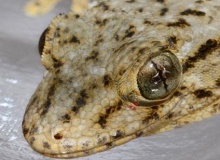
The common name “gecko” occurs in some versions of the Bible. It refers to a small saurian with a large head and eyes, and skin which is granular.
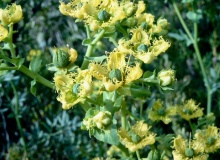
The Jews of biblical times used it as a condiment for their meals, and also as an antiseptic and disinfectant. It is a bush which can reach a height of 60 to 90 cm.
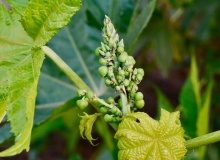
It has very large green leaves, scattered throughout the plant, with a rib system that resembles the fingers of the human hand. That is how it got the name “Palma Christi”.
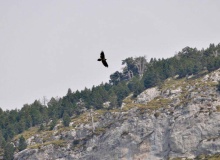
After other predators have consumed the soft parts of their prey, the bonebreakers arrive to feast on the skeleton. They are capable of swallowing and digesting 20 cm long pieces of bone.
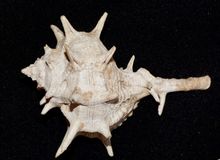
The colour purple appears in more than 50 verses, both in the Old and New Testaments, where it refers to this reddish-purple to deep-purple dye.
Cropped(1).jpg)
The heads of cloth moths (Tinea pellionella) are usually covered with hairs, they have a short proboscis, long antennae and maxillary palps.
.jpg)
The land by the sea will become pastures having wells for shepherds and pens for flocks. Zeph. 2:6
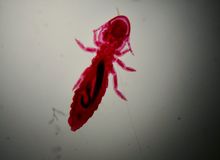
The gnats, the third of the plagues, are described in Exodus as annoying parasites which attacked both humans and livestock.

During the second century, believers identified themselves to each other by drawing the simple figure of a fish on the ground or on the walls of the catacombs in Rome.

The Armenian cucumber is not a true cucumber, but is most likely the fruit referred to in Num. 11:5 and Is. 1:8.
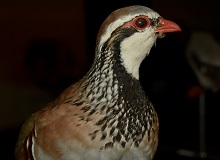
The atmospheric conditions characteristic of the Old Testament period were conducive to the existence of enormous flocks of partridges on the mountains of Judea, on the banks of the Dead Sea and in the Negev desert.
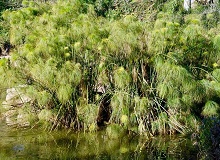
The Egyptians used papyrus to make not only boats, but also baskets, footwear, utensils, a range of household objects, and, most importantly, the stems were used to make the famous material on which they wrote and drew pictures.
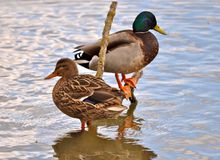
King Solomon’s table comprised fabulous and abundant arrays of delicious food, among which there were fattened ducks.
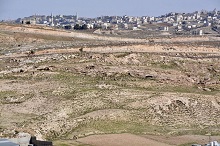
At the end of the summer and in winter there was not enough pasture to feed the livestock, so the animals had to be taken up into the mountains and food provided for them manually. Green branches of trees and bushes were cut for this purpose.

In the Bible, this vegetation appears as a symbol of human inconsistency, as the wicked are described as “straw which the wind drives away”.
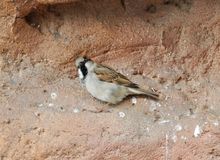
The Bible only divides birds into two groups: clean and unclean.
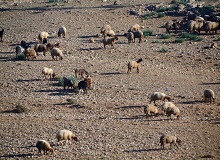
The Bible refers to the sheep as a docile and affectionate animal; which knows the voice of its shepherd; gentle and silent; unable to survive on their own, which is why they have to be guided by the shepherd.

Normally bears avoid contact with humans but, if they are disturbed, or hungry, or robbed of their cubs, they are extremely dangerous (Isaiah 11:7; Amos 5:19; 2 Samuel 17:8; Prov. 17:12; 28:15; Hosea 13:8).
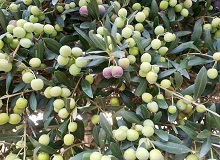
The Olea europea is one of the most emblematic trees in the regions bordering the Mediterranean, and abundant in the Holy Land since remote antiquity. The Bible refers to it, and to the products that are obtained from it, on many occasions.
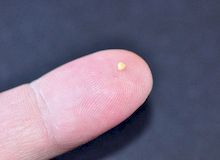
Black mustard seed, as tiny as the head of a needle, is one of the smallest seeds that can be perceived by the naked human eye.

The mulberry tree appears in 2 Samuel 5:23-24 and 1 Chronicles 14:14-15.

Its excellent sense of hearing enables it to detect small rodents, large insects, birds and worms, whereas its small size (25 cm from beak to tail) prevents it from hunting for larger prey.
Myrrh is a resinous, aromatic substance which is obtained from the trunk of a bush or small tree known scientifically as Commiphora myrrha. It is native to Northeast Africa, Arabia and Turkey.
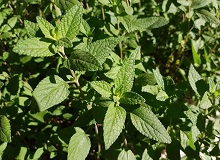
In Israel there were four different wild species of mint: horse mint, polo mint, mastrtanto and mentha aquatica.
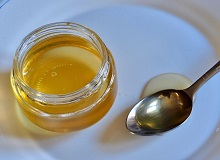
The Egyptians were the first nomadic beekeepers, as they used to transport their hives by boat on the Nile, in search of different types of flowering plant.

Las opiniones vertidas por nuestros colaboradores se realizan a nivel personal, pudiendo coincidir o no con la postura de la dirección de Protestante Digital.